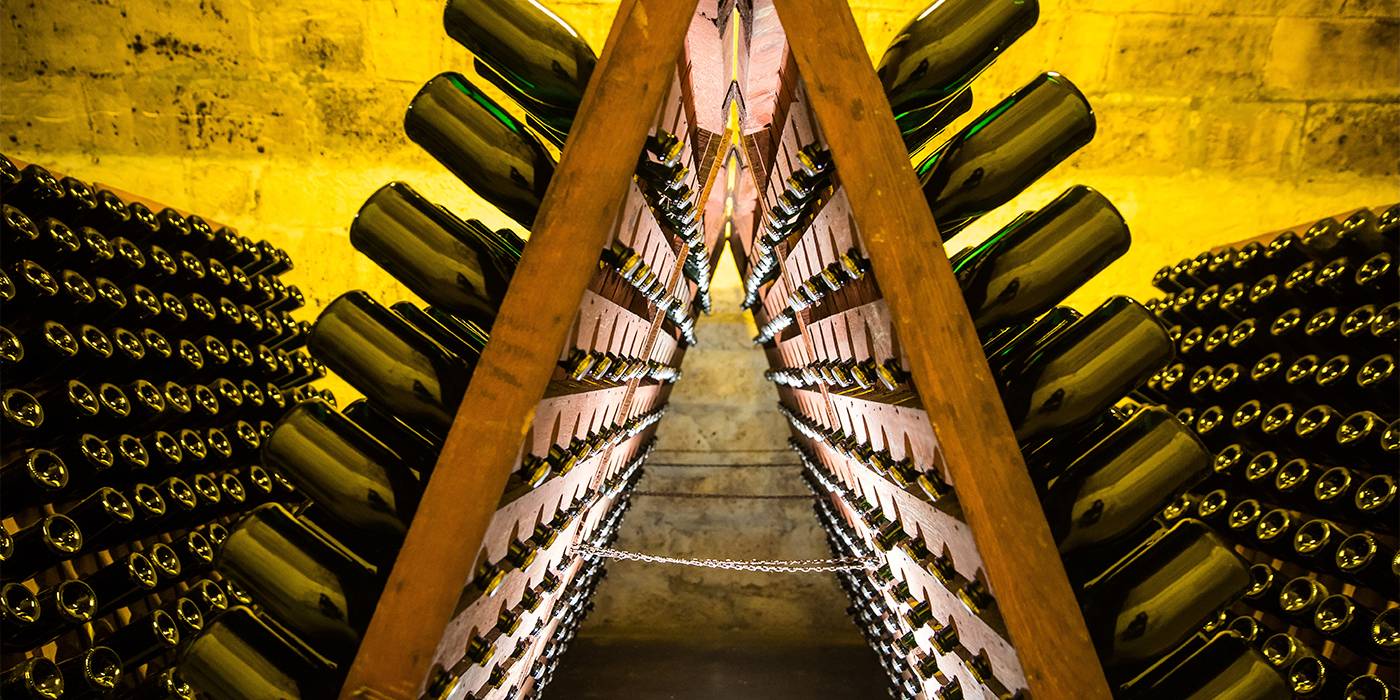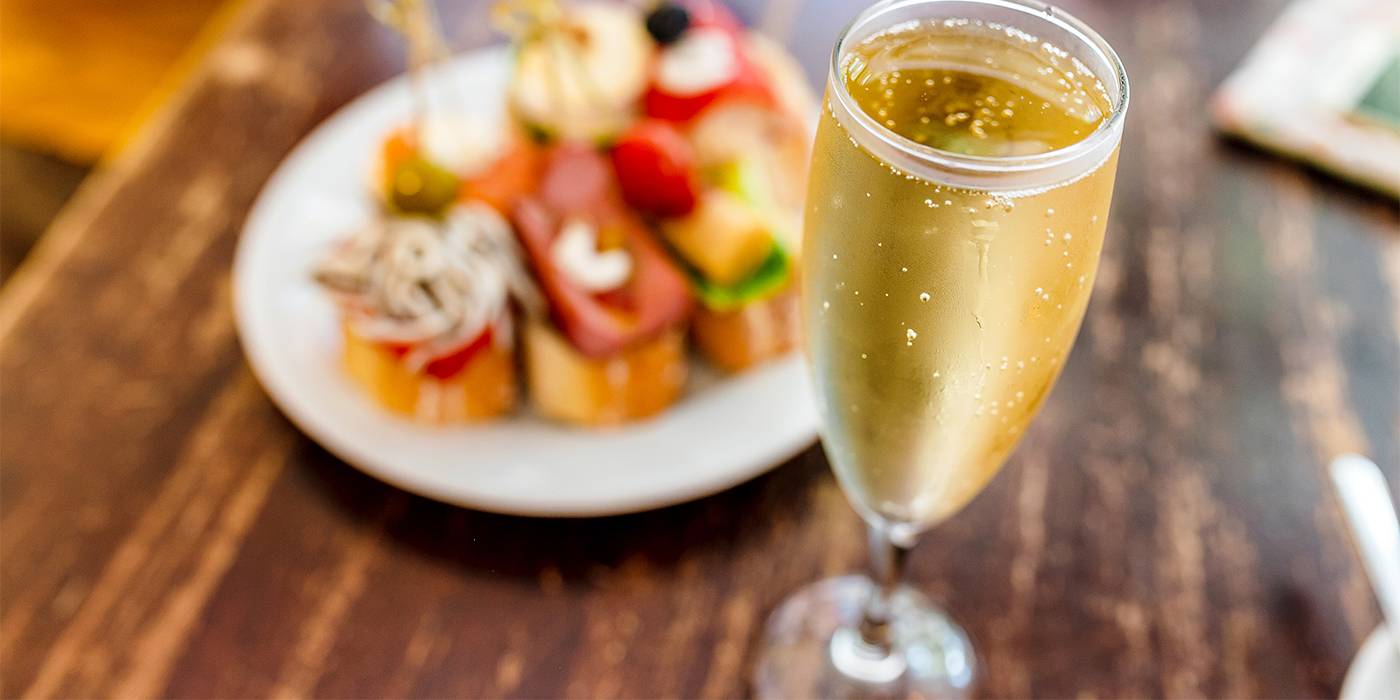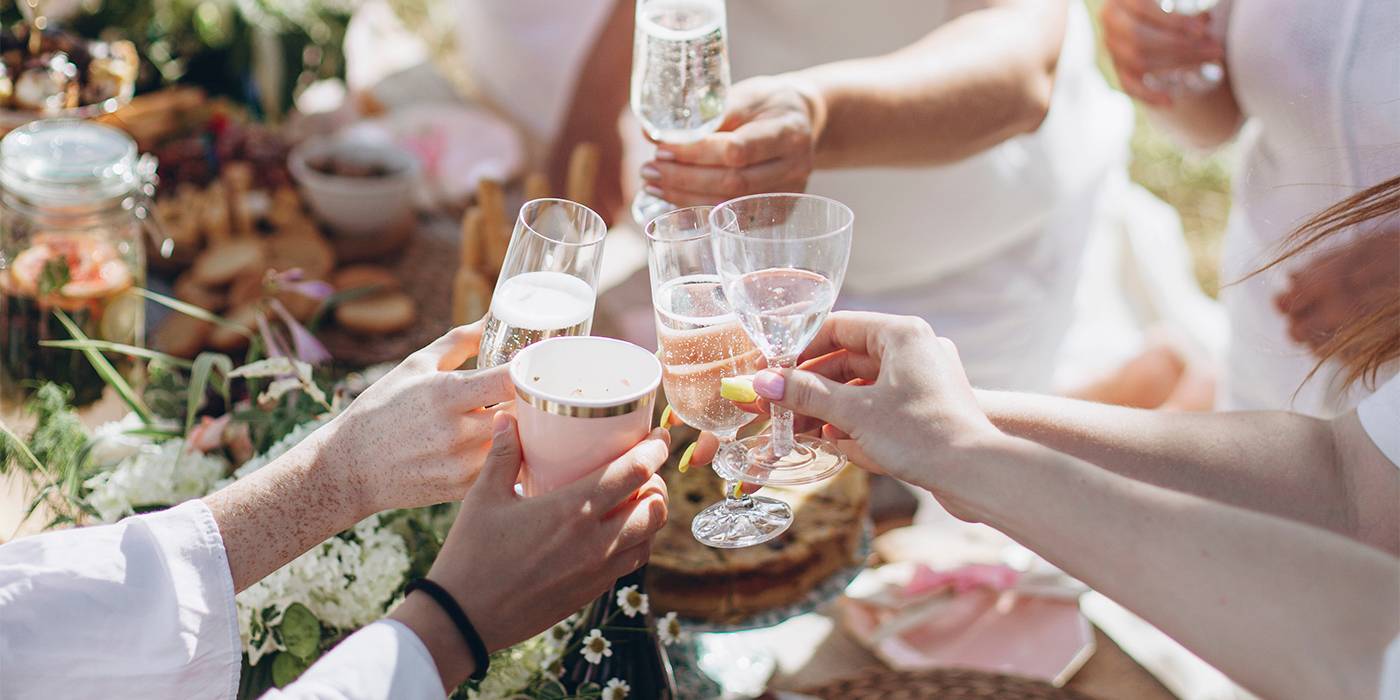Cava pairing: what does it go best with?
Do you want to know how to pair cava with your lunches and dinners? We bring you safe combinations depending on the type of cava and dish. Don't miss it!

Eva Pizarro
Sommelier at Fierro restaurant and trainer at Tandem Gastronómico.
Some years ago pairing was limited to associating white wine with fish and seafood, and red wine with meat.
We now know that this is a much more complex matter, since there are a huge variety of wines that are much more creative, and pave the way for more novel pairing.
Consequently, it is much more complicated for some, and much simpler for others to know which wine to serve with each meal, so today we are going to give you some tips to help you know how to pair cava with a lot of different ingredients:
To start with, what exactly is cava?
Cava comprises all wines that contain carbonic gas produced during secondary alcoholic natural fermentation in a closed vessel, otherwise known as the traditional method. Secondary fermentation takes place in the bottle by adding tirage or expedition liqueur. Only winemakers and producers covered by this Designation of Origin can label their products as cava. This D.O. is a guarantee that the product has been made in accordance with the D.O. quality controls and established methods, and has been produced in the defined region.
We are now going to take a more detailed look at the steps involved in making sparkling wines which will lead to the different styles that we can find:

1. Preparing the base wine. This must be a light, fresh, acidic wine, harvested early to ensure high acidity and low alcohol content.
2. Tiraje. This process consists of adding a certain amount of tirage liqueur and yeast to the wine. The tirage liqueur is a concentrate of sugar at the rate of 500 g/l and the yeast triggers the fermentation process to transform the sugar in alcohol while releasing CO2, that is trapped in the bottle.
3. Ageing with the lees (dead yeast cells). This process can last for several years and produces what is known as autolysis, whereby the yeast cells are destroyed to confer the characteristic flavours in sparkling wines commonly known as toasted or brioche if left for long enough.
4. Clarification. After the ageing process in the bottles (in the horizontal position), the lees on the side of the bottles needs to be displaced to the neck. This is known as “riddling”.
5. Disgorgement. Once the sediment has been collected in the neck of the bottle and the liquid has clarified, the neck is frozen so that the solids come out easily when the bottle is uncorked.
6. Expedition liqueur. This is a concentrate of sugar with an alcohol content equal to that of the sparkling wine, and depending on the amount added to the wine, it will be extra brut, brut, semi-seco, dulce…
Depending on how long it is aged, we can find:
- Cava: minimum ageing of 9 months.
- Cava Reserva: minimum ageing of 15 months.
- Cava Gran Reserva: minimum ageing of 30 months.
- Cava de Paraje Calificado: minimum ageing of 36 months. Cava de Paraje Calificado is cava that is obtained from wine produced with grapes from a specific area, whose edaphic and micro-climate conditions, along with the production quality and winemaking process confer singular characteristics to it.
So now we know how cava is made, and the styles that we can find. So to decide how to pair it, we need to consider 3 factors:
1. Acidity and freshness: inherent to the base wine and the action of the bubbles in our mouth.
2. Ageing time: young wines have larger bubbles and a bouquet more reminiscent of fresh fruit and young yeast. The fruit flavours mature over time, and dryer, more pastry type bouquets develop. Cava that is aged for longer periods develops bouquets reminiscent of butter, truffles, etc.
3. The quantity of added sugar: the added sugar is one of our best allies, which permits pairing it with dishes that it could otherwise not be paired with.

Let’s take a look at what this article is really about - pairing:
- Young cava tends to have fresh, fruity bouquets, reminiscent of white flowers, citrus fruit and hints of fresh herbs. This makes it perfect for pairing with light starters such as salads, raw fish, aniseed flavoured vegetables or white meat with light sauces, and also shellfish.
- Reserva cava is characterised by longer ageing, leading to a bouquet more reminiscent of ripe white and yellow fruit, nuts and hints of bakery and honey. It pairs perfectly with more elaborate fish dishes, sauces and hotter food, mild flavoured meat with nut garnish, or yellow fruit such as apricot, baked apples or pears, etc.
- Gran Reserva cava is aged for over 30 months, and has a bouquet more reminiscent of roasting, with hints of butter and is more reminiscent of spices, fruit and confiture. Ripe white and yellow fruit (baked apple) and even hints of nuts or fruit preserve (dried apricots); roasted nuts (hazelnuts) can also be detected. Roasting or toasting is noticeable (toast, coffee, dark chocolate), and in some case fungi and truffle, depending on the year and the time it is aged in the bottle.
- Paraje calificado is the cava that is aged for the longest period. The result is a highly complex bouquet, more reminiscent of toast, confiture and spices, also with hints of ripe fruit, roast cocoa, slightly more buttery and spicy, with more fruit confiture. There are hints of very ripe white (baked apple) and yellow fruit, such as apricot confiture (dried apricots) and roast nuts (roasted hazelnuts). The roasted undertones are omnipresent (toast, coffee, dark chocolate) and there are often hints of fungi and truffle.
In both cases, they make perfect wines to accompany full menus, but they do need time to breath in order to gradually bring out all their complexity. They pair well with elaborate dishes, chargrilled meals, butter sauces, pastry, game or mushroom dishes. In general they are such complete wines that they can be paired with almost any ingredient from the starter through to the dessert.

If you are still unsure, just try them. Uncork a bottle and try it with your favourite meals. Your taste buds will immediately let you know if the pairing is right.
What do you think about?
Share comments, opinions and tricks with the Community







